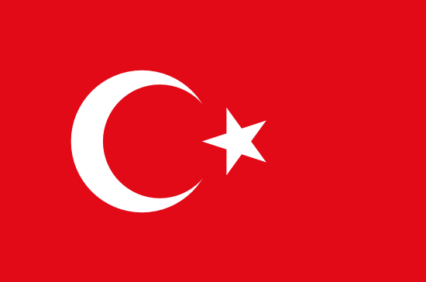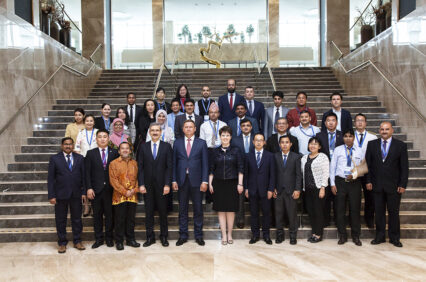Information Technology (IT) audits are often complex, and audit outcomes tend to result in technical reports written in technical language. As noted in International Standards of Supreme Audit Institutions (ISSAI) 5300, very few people find such lengthy and complicated documents appealing or understandable. The Supreme Audit Institution (SAI) of Argentina has…
Tag: information technology
Filter By:







